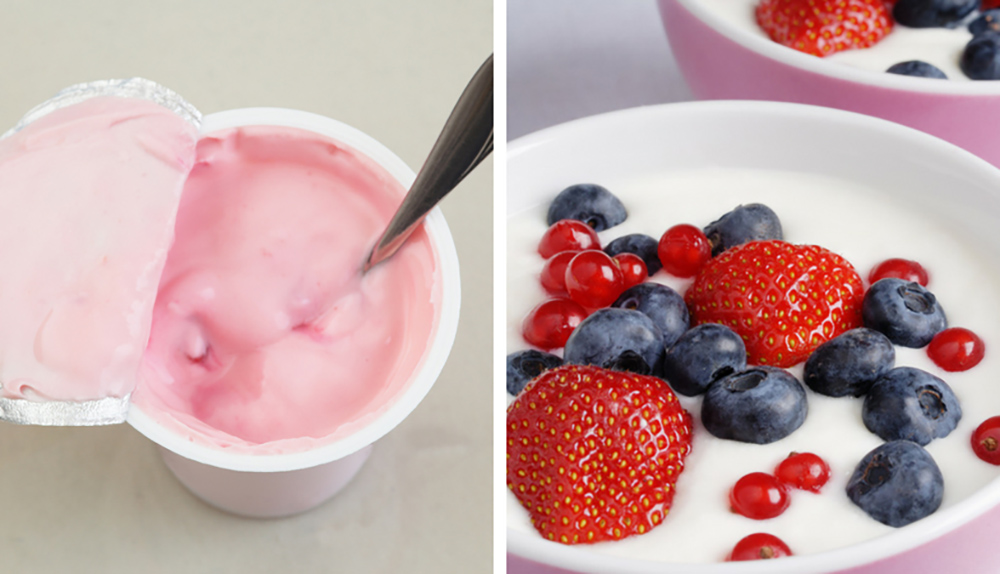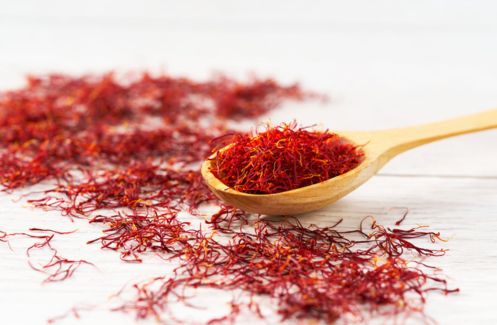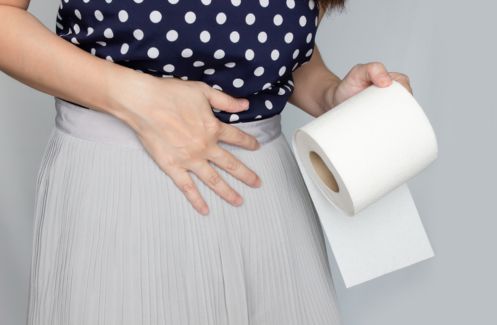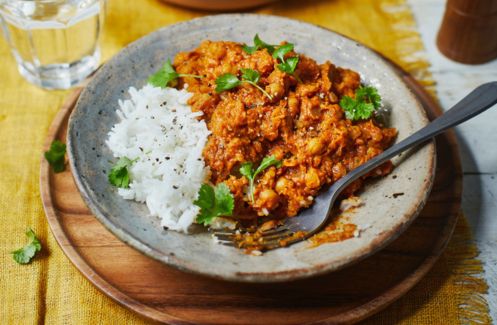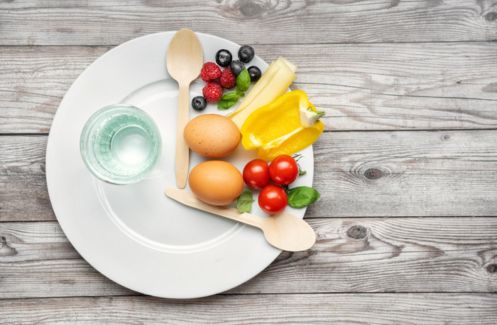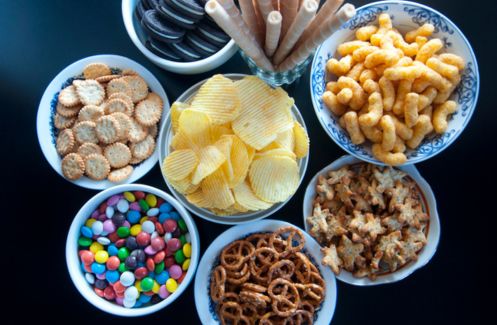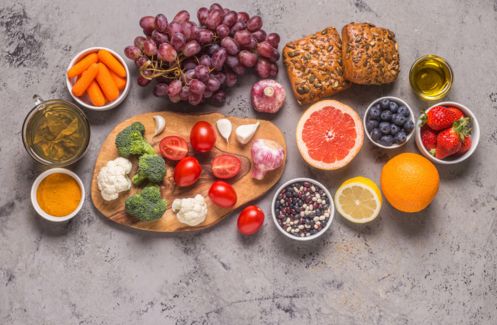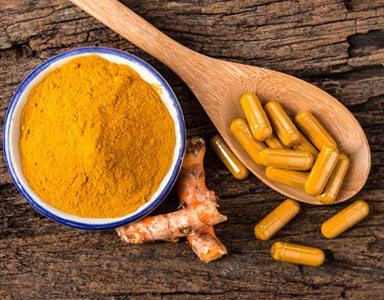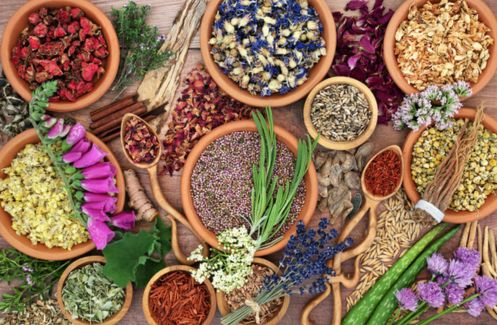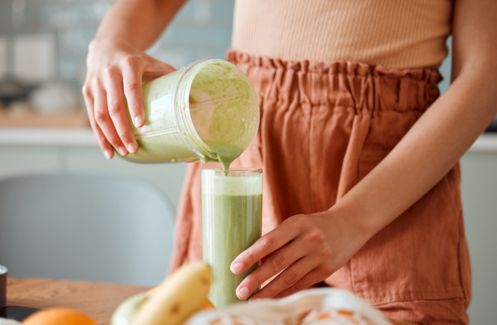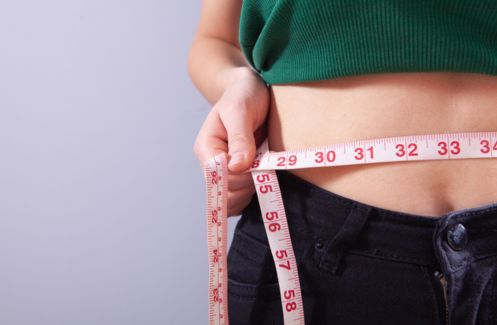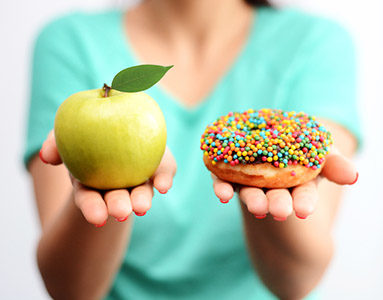Only one in ten parents know the reasons behind their child’s stomach pain, new research has found, despite children suffering an average of four bouts a year – Anna Magee talks to the experts
There are few things more frustrating than hearing the tears and embattled screams of a hurting child. Feeling powerless to figure out what is causing their pain, let alone how to fix it, is definitely one of them.
But according to new research, only a staggering one in ten parents know the reasons behind their children’s stomach aches and pains, and a quarter are forced to visit their GPs three or more times a year to try to track down the causes.

The new children’s health research, conducted on over 2000 parents by The A2 Milk Company, found that by far tummy ache was the most common reason for children feeling unwell with 95% of parents saying their child has suffered at some point.
The research also revealed that the average child will suffer four bouts of stomach pain a year, as well as three colds and two sickness bugs.
Figuring it out – Questions to ask a child with tummy ache
This will depend on the age of the child, says specialist paediatric dietitian Chloe Elliott. ‘For infants and toddlers who can’t express how they are feeling a clearer sign is in their nappies.
‘If their poo is very soft or even watery, they aren’t passing stools as much as usual, are agitated or crying much more than usual, drawing their legs up in pain, or can’t settle it could well be infantile colic or another gastric problem.’
With young children it is best to seek a doctor’s advice as their health can deteriorate much more rapidly than an older child, Elliott asserts.
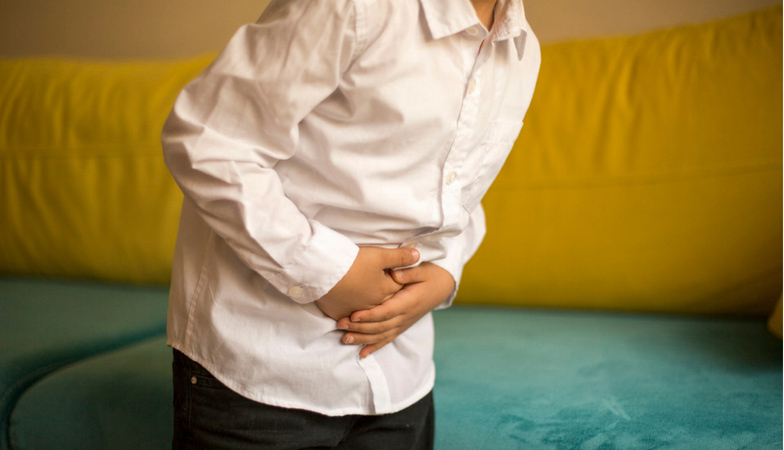
‘If your child can talk, ask where the pain is coming from,’ says Elliott. ‘Is it near their belly button or elsewhere, is the pain only when they go to the toilet or all the time? Does anything make the pain better or worse, such as warmth, gentle pressure or going to the toilet? Does it get worse after food or drink?’
But certain signs warrant more immediate medical attention, says Elliott. ‘If your child’s tummy looks physically distended or it is tender to the touch, they have been vomiting, they have a temperature (above 39 degrees centigrade or 38 degrees centigrade for baby under 3 months), they are unusually drowsy, have neck pain or they have blood or mucus in their poo, these are considered ‘red flags’ and they should see a doctor immediately.’
3 common causes of stomach pain in children
Constipation
‘Most commonly children above 6 months of age who are eating solid food tend to get stomach pain from constipation,’ says Elliott. A 2016 report published in the World Journal of Gastroenterology found children’s constipation now be a major global public health concern.
‘Constipation is not always caused by a lack of fibre, it can also be overall water intake,’ says Elliott. ‘Children have a poor thirst response and have to be encouraged to drink.
‘It could be a food allergy (though this is rare) or intolerance. With babies who are breast or bottle fed, it is potentially cow’s milk protein allergy (see below), lactose or another milk intolerance’.
Cow’s milk proteins
Regular milk from your supermarket contains two proteins, A1 and A2. Previous research shows that the A1 protein in regular cow’s milk may be causing tummy upsets.
‘The A1 protein found in regular milk digests differently and may lead to symptoms of milk intolerance such as tummy aches,’ Elliott says.
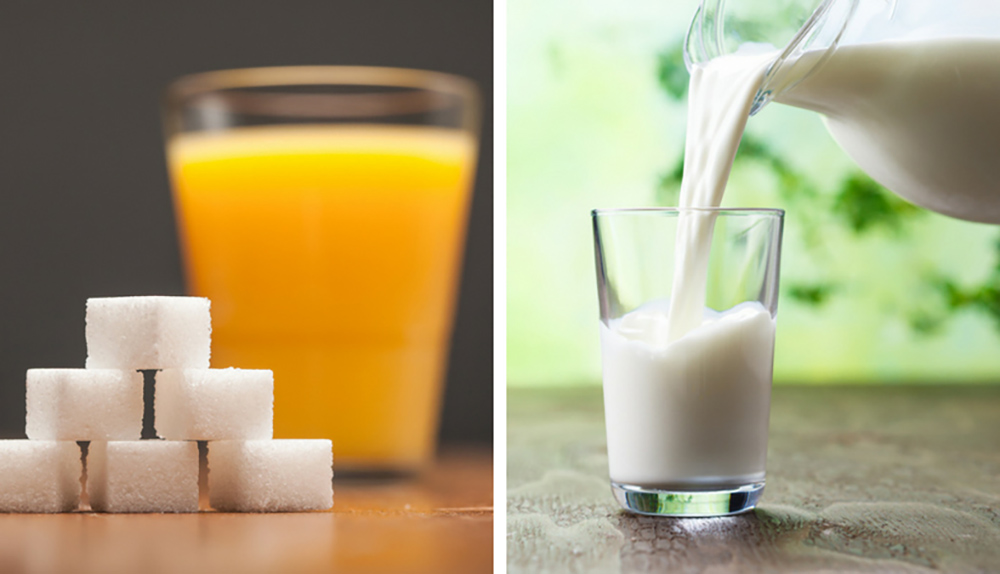
Parents often assume their child is lactose intolerant if they get pains after drinking milk but the child could be reacting to the A1 protein as a large proportion of the population can’t digest it.
‘We don’t know exactly how many children may be suffering from this problem, but considering many parents report their children struggle with regular dairy, A1 could be part of the issue,’ says Elliott.
‘Many parents and even doctors do assume it is lactose intolerance, as this is the commonly held belief. But cutting out milk without careful planning and the supervision of a doctor or nutrition professional can be very damaging to a child’s long term health’, Elliott warns.
‘Cows’ milk contains a plethora of B Vitamins, minerals such as calcium, iodine and phosphate, essential protein and fats – a neat package of nutrient raw materials and energy they need for growth,’ says Elliott.
‘a2 Milk on the other hand is real natural cow’s milk from specially selected cows,’ Elliott explains.
‘Children who don’t drink cows’ milk tend to be shorter on average, possibly due to poorer bone development, are much more likely to suffer from nutrient deficiencies and are at greater risk of bone fractures later in life.
‘These nutrients are impossible to obtain completely from plant-based alternatives which lack all iodine, which is pivotal to normal thyroid metabolism, skin, hair development and a nutrient of concern in the UK as more teenagers abscond dairy from their diets due to clean eating trends. The other micronutrients are artificially fortified in plant-based drinks and less well absorbed as a consequence.’
‘a2 Milk on the other hand is real natural cow’s milk from specially selected cows,’ Elliott explains.
‘It has all the nutritional benefits of cow’s milk just without the A1 protein that could be causing the tummy troubles. So rather than reaching for plant based alternatives, parents can be confident they are giving their children a chance to come back to real dairy.’
Imbalances in gut bacteria
‘Imbalances in the gut microbiome (aka the trillions of microorganisms in the gut) can create stomach ache symptoms,’ says Eve Kalinik, a leading nutritional therapist and author of Be Good to Your Gut.
You can also ask them if they are drinking water in the day, Kalinik suggests.
‘If a child was born via C-section and/or was not breast fed then that could mean their gut bacteria were not given the same ‘head start’ so to speak.’
‘You can ask them when they feel the tummy ache as this may help you to link to specific foods that could be causing discomfort,’ says Kalinik. ‘Make a mini food diary of sorts and see what pain comes up after what foods.
You can also ask them if they are drinking water in the day, Kalinik suggests. ‘This can be difficult in school but if you can help them to get into a habit on the weekends and in holidays that can help.
‘Also ask them if they notice that they feel more gassy or if their tummy gets bloated (maybe phrase it like a balloon) as this could signal some imbalances of gut flora and then it might be beneficial to give them a probiotic or prebiotic and see if that helps’
Above all, talk to your doctor before you put your child on probiotics as some strains might be more effective than others.
‘Your family doctor will be able to perform some tests on your child’s gut,’ suggests Elliott.
Some probiotic species such as Lactobacillus rhamnosus GG and Saccharomyces boulardii have been suggested to be useful during bouts of acute gastroenteritis and antibiotic associated diahorrea in children but it’s not known conclusively whether taking a probiotic might help prevent infections that lead to tummy pain’.
5 simple food swaps that could help your child’s stomach pain
Eve Kalinik and Chloe Elliott on the food and lifestyle swaps that could help your child’s tummy pain
Tummy ache cause #1: Artificial sweeteners in snacks or foods

‘Some artificial sweeteners are known to disrupt the gut microbiota (particularly aspartame and saccharin) and this disruption may lead to worse tummy troubles over time,’ says Elliott.
Swap for:
‘Snacks without artificial sweeteners (such as oatcakes spread with nut butter, dried coconut chips, pieces of cheese) and use only small amounts of natural sweeteners – mashed fresh fruit (bananas, apple puree), dried fruit (raisins, prunes) or honey in baking and cooking,’ says Elliott.
Tummy ache cause #2: ‘Beige-only’ starches
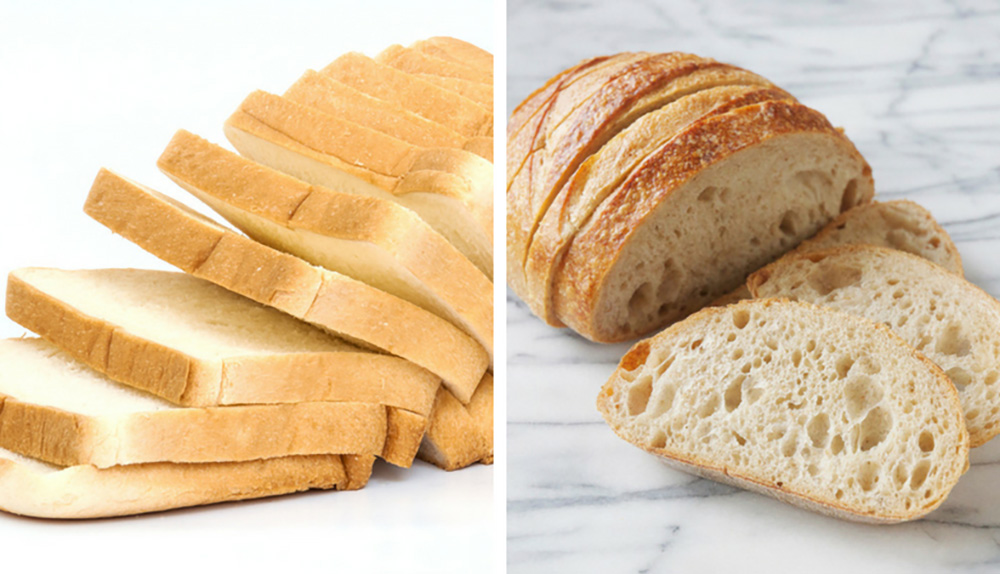
‘There’s nothing wrong with feeding children white bread, pasta, rice but they do lack fibre which can make constipation more likely,’ says Elliott.
Swap for:
Try swapping regular white bread for sourdough as this can also help with natural fibre and being fermented, it’s a great source of healthy bacteria, Kalinik suggests.
‘Mix in half and half wholemeal pasta with white, same with rice, and you could also try one slice of wholegrain bread and one slice of white bread on sandwiches,’ advises Elliott.
‘Adding vegetables (such as beans to rice) can also boost the fibre intake quickly and add other nutrients’.
Tummy ache cause #3: Added sugar drinks and soft drinks

‘These often contain large amounts of added sugar and some even have caffeine,’ says Chloe Elliott. ‘Both of these are either irritating to the gut or might promote diahorrea, bloating and tummy aches’.
Swap for:
Plain water or a glass of their usual milk, Elliott suggests. ‘Or try water with a touch of 100% fruit juice (dilute to 1 part juice to 9 parts water) or a few slices of fresh fruit or mint. In the hot weather, the infused water or diluted juice can be made into ice lollies (and the same with their usual milk)’.
Tummy ache cause #4: Sitting in front of a computer too long

‘Sitting down for long period of time can affect the time it takes for food to move through the gut causing constipation and pain,’ says Eve Kalinik.
Swap for:
Getting active outside. This will encourage peristalsis, which refers to swift digestion and breakdown of food in the gut. The more you move, the more food moves!
‘Under 5s who are not yet walking should have plenty of ‘tummy time’ or do other forms of activity such as swimming,’ says Kalinik.
‘For children that can walk, the Chief Medical Officer’s guidance is 3 hours of activity spread throughout the day, such as playing, running in the park or outside, climbing, walking. Minimising sedentary time and ‘screen time’ (using tablets/smart phones or television) will help with this’.
Tummy ache cause #5: Sweetened yoghurts
Too much sugar can upset a child’s internal bacteria, leading to stomach pain.
Swap for:
‘Natural full fat yoghurt topped with fresh fruit and a drizzle of raw honey – it’s just as tasty but much more gut friendly for the child,’ says Kalinik. The fresh fruit will also provide added natural fibre too.
More Healthista content:
5 symptoms of IBS and the natural fixes that help
GOT BLOAT? 6 stomach fixes that work
Got trapped wind? This is what helped one writer overcome it
Is lactose intolerance a myth?
Like this article? Sign up to our newsletter to get more articles like this delivered straight to your inbox.




